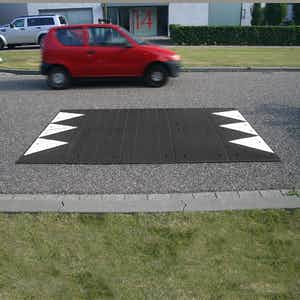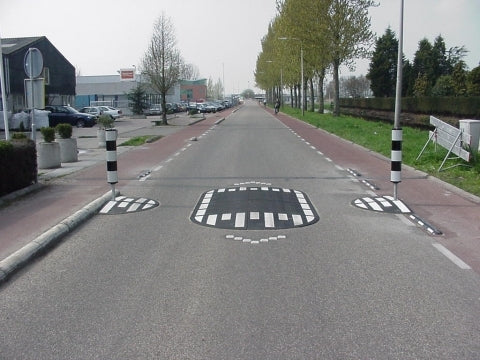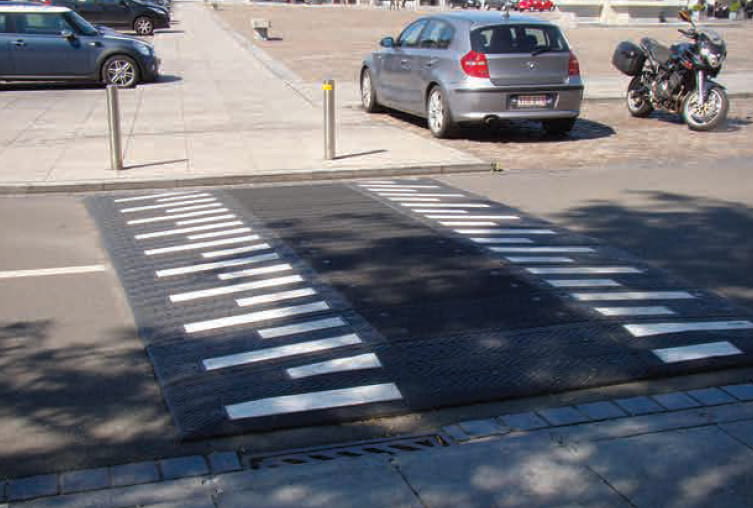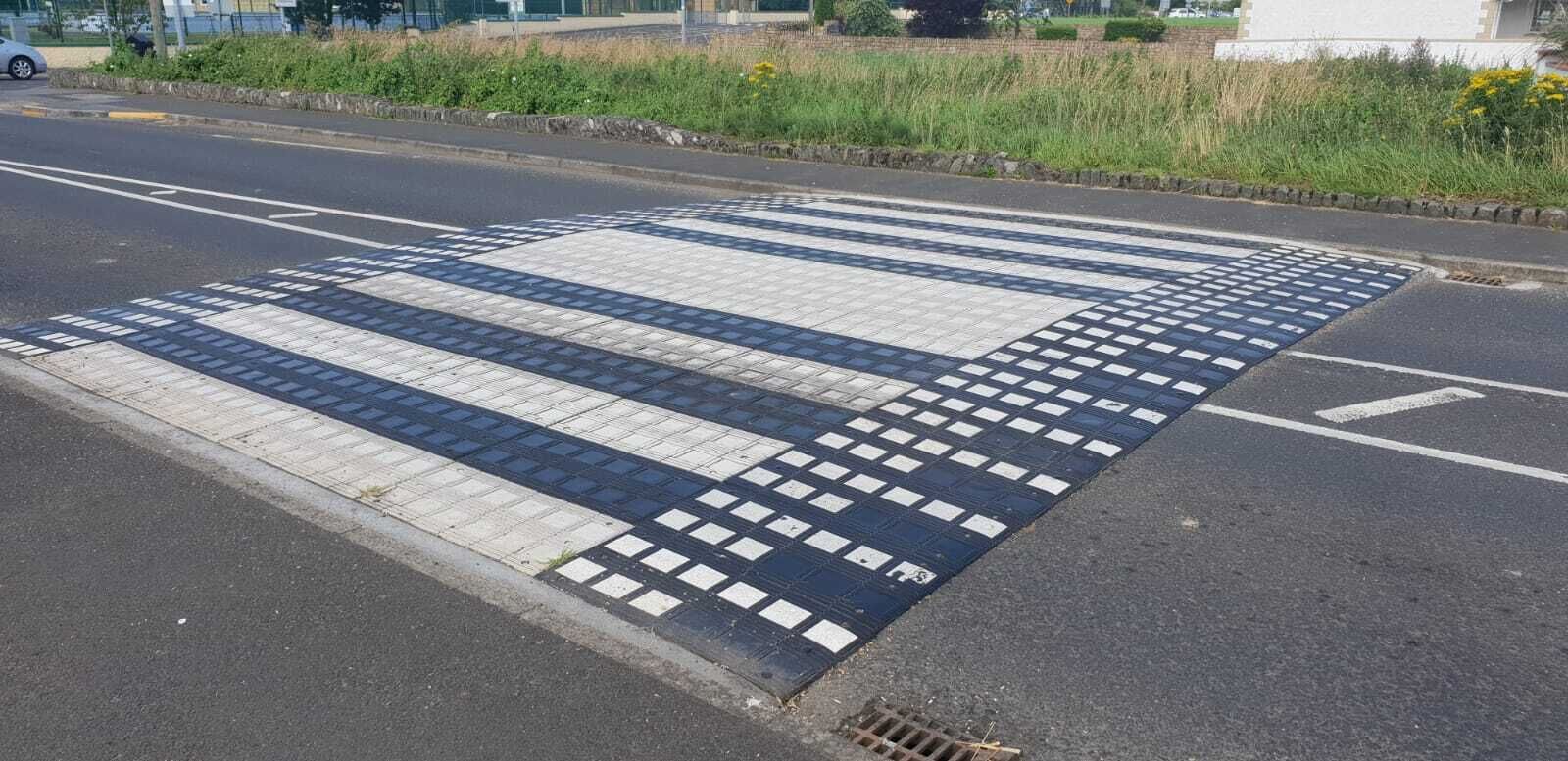Speed Cushion
Modular Speed Cushions perfect for slowing traffic to a steady flow on public roads. Highly suitable for urban settings and emergency vehicle traffic.

XPT - Berlin Speed Cushion
Sale priceFrom €1,015.00ex VAT
4-Piece Kit for Quick Install in 2-3 Hours

XPT London Speed Cushion System
Sale price€0.00ex VAT
100% Recycled Rubber with High Sound and Vibration Absorption

XPT® Modular Speed Table System
Sale price€0.00ex VAT
Slows Urban Traffic to 30km/h - 100% Recycled Rubber

XPT - Modular Rubber Pedestrian Crossing Speed Table
Sale price€9,999.00ex VAT
100% Pure Vulcanised Rubber Pedestrian Crossing






